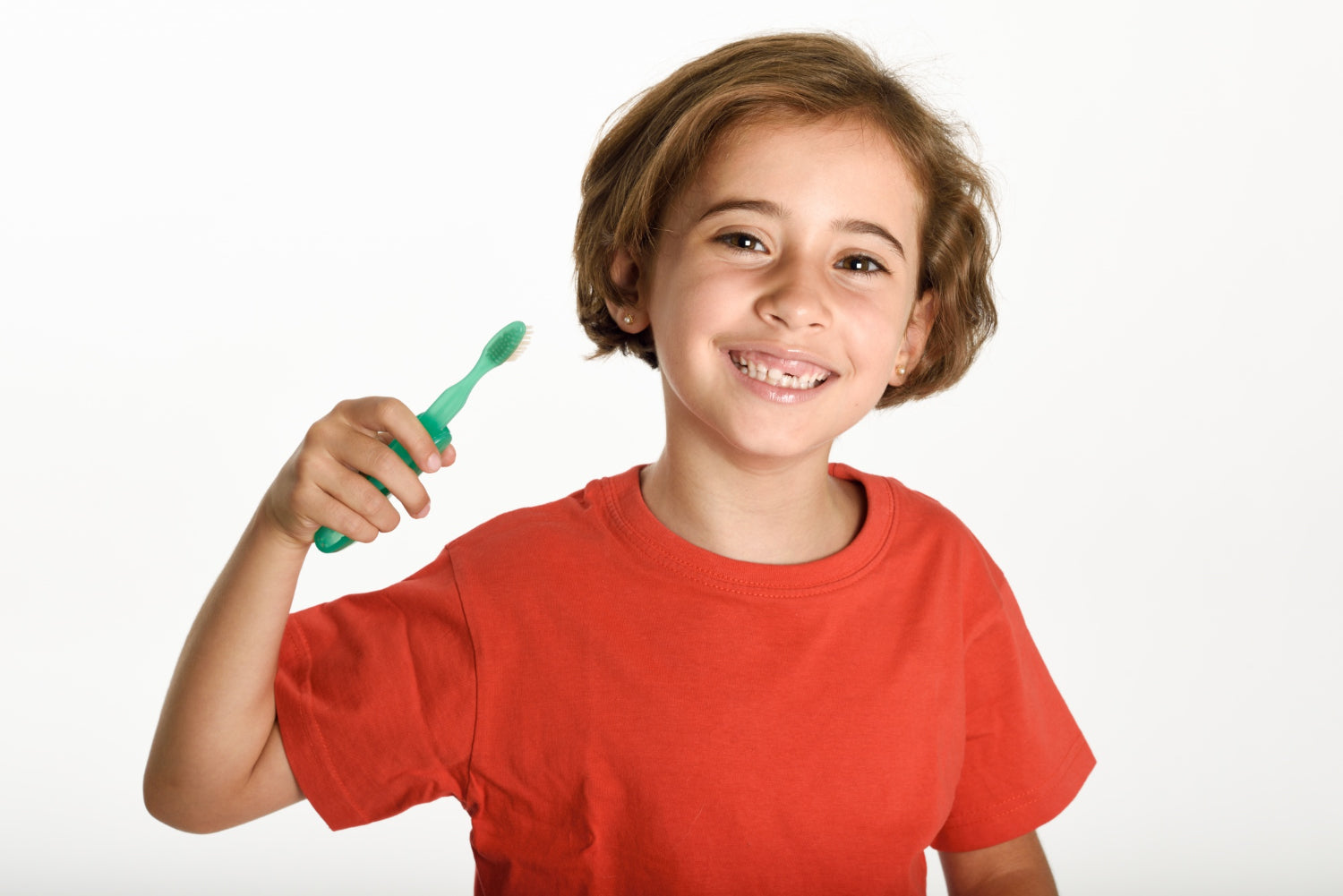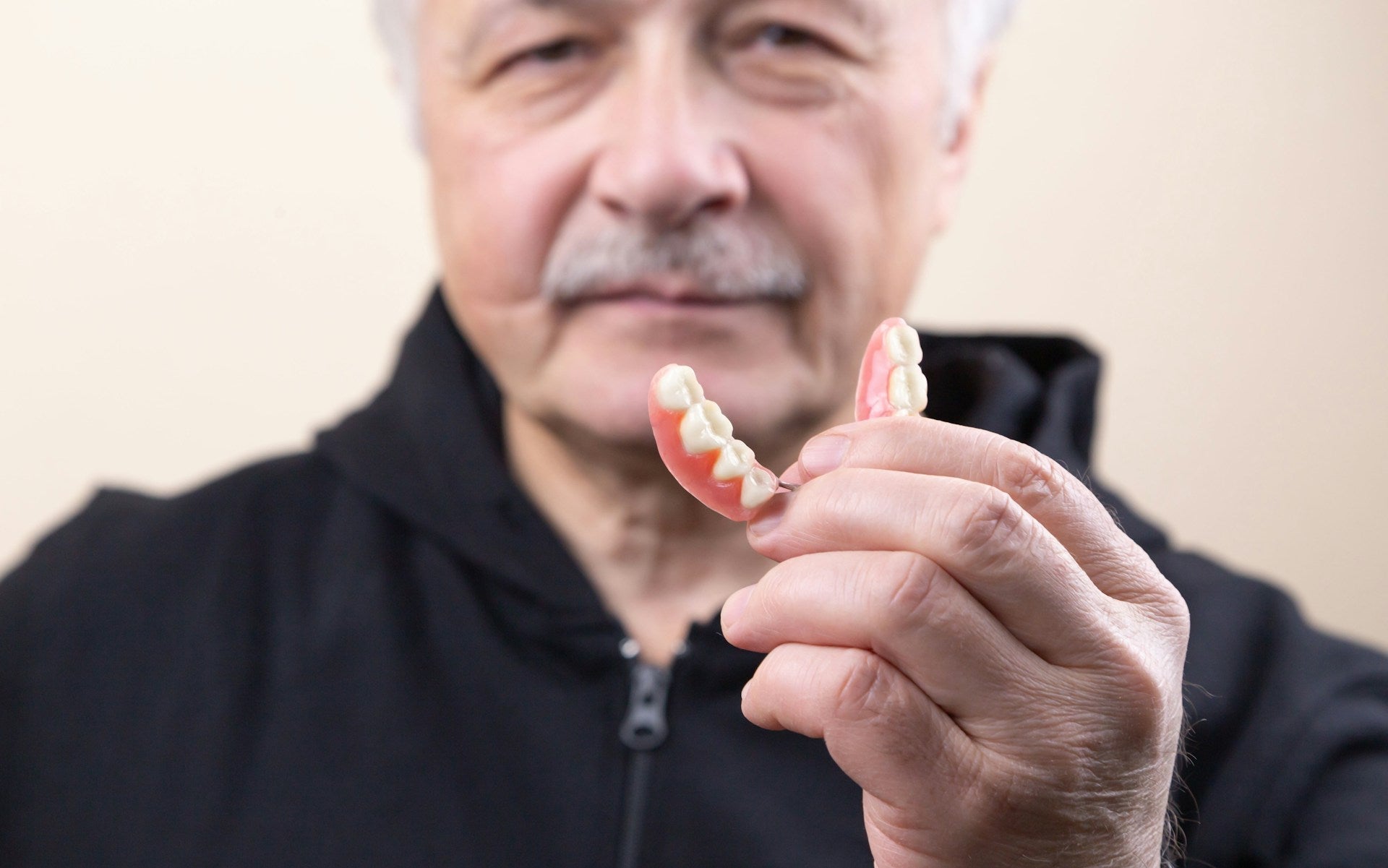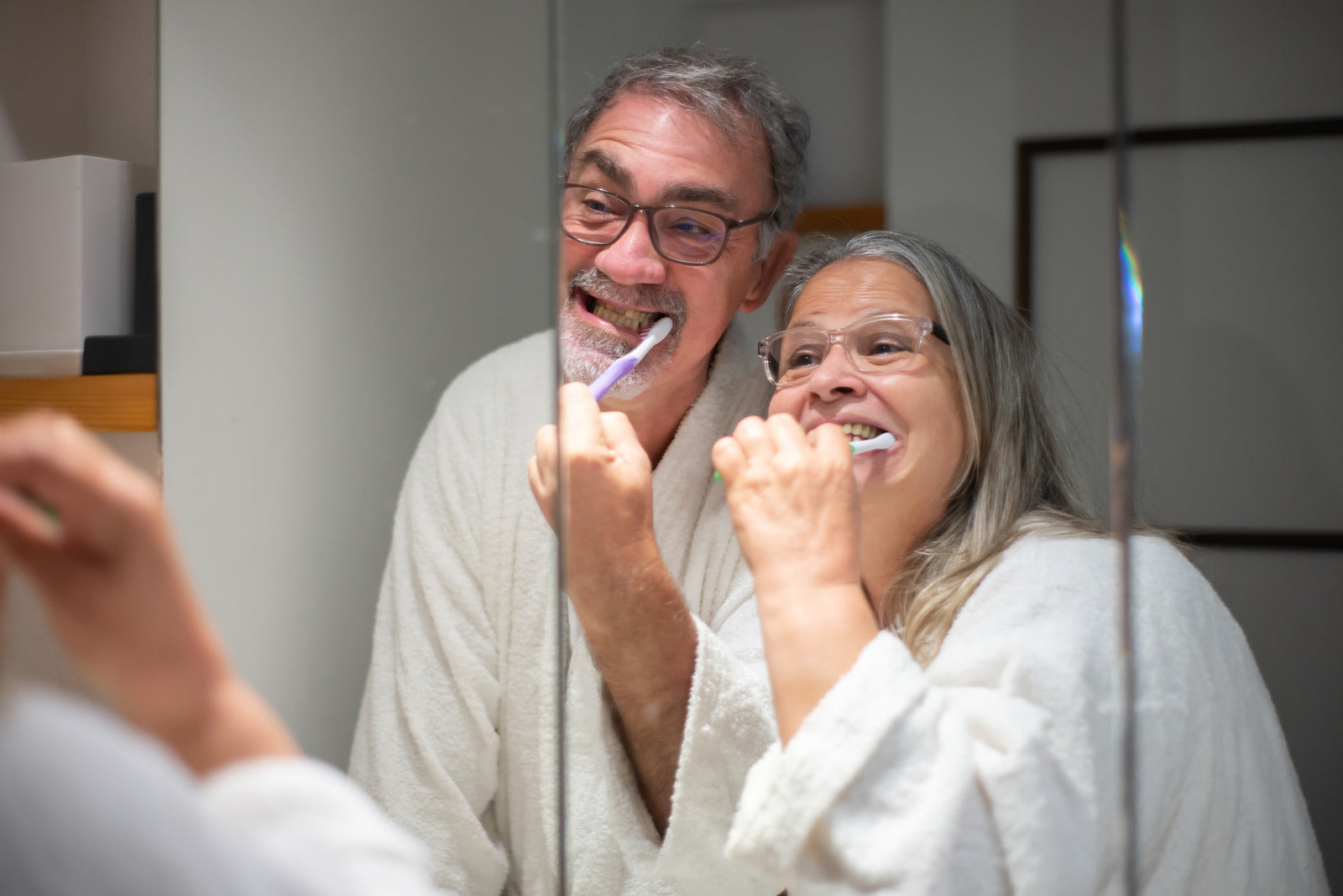If you want beautiful and healthy teeth, you should brush them at least twice a day and not somehow, but with the right technique. For children, brushing with the so-called KAI method has proven successful. The three letters K - A - I stand for the brushing sequence: first the chewing surfaces, then the outer surfaces and finally the inner surfaces.
The KAI technique is well suited for children and people with limited motor skills because it is easy to implement and yet effective. With a little practice, children can master the brushing technique from the age of three to four. However, brushing is recommended until school age.
KAI brushing technique: Step by step to clean teeth
Before brushing, it is advisable to rinse the mouth with lukewarm water. The water should be drawn through the interdental spaces several times and then spat out. Rinsing loosens and removes coarser food residues. This has the advantage that they are no longer distributed on the teeth during brushing.
KAI brushing technique: Step 1
After the mouth has been prepared for the actual brushing, we continue with the "K" for "cleaning chewing surfaces". First, clean the upper chewing surfaces by gently brushing back and forth. Make sure to brush with light pressure, as this prevents damage to the delicate enamel. After the upper chewing surfaces, the lower ones are cleaned according to the same principle.
KAI brushing technique: Step 2
Now it's time for the "A" for "outer surface". To do this, your child should line up the incisors and place the toothbrush on the outside of the last upper molar on the right side. Then brush down to the back left molar in a circular motion. The toothbrush is turned to clean the outer surfaces of the lower jaw from left to right in circular motions.
KAI brushing technique: Step 3
The mouth is opened to brush the inner surfaces. The toothbrush is placed at the top of the last molar on the right. Tooth after tooth is now brushed from red to white, i.e. from the gums to the tooth. At the back upper left molar, the toothbrush is turned again to brush the inner surfaces of the lower jaw using the same system.
After brushing, the toothpaste should be spit out thoroughly. This is better than rinsing because the effect of the fluoride is not lost this way. Then carefully rinse the brush head and let it dry - done.
For the oral hygiene of children, a special children's toothpaste with fluoride should always be used. Up to the age of two, a rice grain-sized amount of children's toothpaste with a fluoride content of 1,000 ppm is recommended. Between the ages of two and six, a pea-sized amount of children's toothpaste with a fluoride content of 1,000 pp can be used for brushing. Older children use normal adult toothpaste.
Special children's toothbrushes with non-slip handles are available for practicing the KAI method. From the age of four, children can also brush with an electric toothbrush. Cleaning with an electric toothbrush is usually more effective for children because they are relieved of a large part of the brushing work and are also more forgiving of brushing errors. In the demirdental range you will also find mini brush heads with soft bristles, which are well suited for cleaning sensitive children's teeth with the KAI brushing technique.




Leave a comment
All comments are moderated before being published.
This site is protected by hCaptcha and the hCaptcha Privacy Policy and Terms of Service apply.